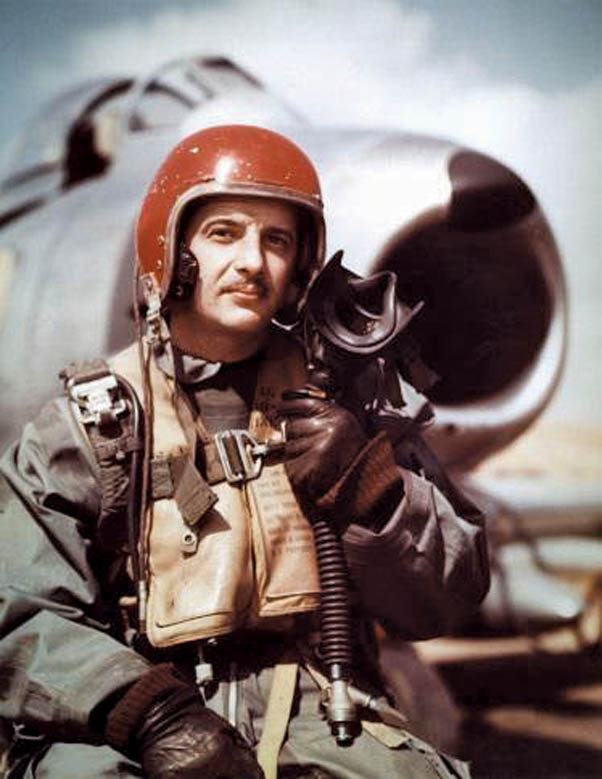Each year, Americans observe National Hispanic Heritage Month from September 15 – October 15 to celebrate the contributions of American citizens whose ancestors came from Spain, Mexico, the Caribbean, Central America, and South America.
This year’s theme, “Hispanic Americans: Energizing Our Nation’s Diversity,” was chosen by the National Council of Hispanic Employment Managers and invites us to reflect on Hispanic Americans’ vitality and meaningful legacy in our Nation’s cultural framework.
America’s diversity has always been one of our nation’s greatest strengths. Hispanic Americans have long played an integral role in America’s rich culture, proud heritage, and the building of this great nation.
The Beacon recognizes and honors a long and proud heritage through the years. In this issue, the 1940s and 1950s.
1940s
– As World War II sets in, many Latinos enlist in the U.S. military— proportionately the largest ethnic group serving in the war.
– Dr. Albert Baez, together with Paul Kirkpatrick, develops the first X-ray microscope to observe living cells. His daughter, Joan Baez, will become a world famous writer, singer, and a human rights activist.
– Dr. Héctor P. García, a physician and decorated World War II veteran, founds the American G.I. Forum, an organization created to ensure that Hispanic veterans receive benefits provided under the G.I. Bill of Rights of 1944.
– Macario García becomes the first Mexican national to receive a U.S. Congressional Medal of Honor, yet is refused service at the Oasis Café near his home in Texas.
– Physicist Luis Walter Alvarez leaves his post at the Massachusetts Institute of Technology to join the Manhattan Project to develop the first atomic bomb. He is responsible for the development of the triggering device used in the first plutonium bomb.
– Second Lieutenant Carmen Maria Lozano Dumler, becomes the first Puerto Rican woman to become a United States Army officer.
1950s
– Ritchie Valens becomes the first Hispanic rock star with his hit recording of Come On, Let’s Go. He also is the first Mexican American rocker to be featured on American Bandstand. Valens is considered the first Latino to successfully cross over into mainstream rock.
– Venezuelan shortstop Luis Aparicio becomes the first Hispanic American in U.S. professional baseball to be named Rookie of the Year.
– Captain Manuel J. Fernandez Jr., flies 125 combat missions during the Korean War. His 14.5 victories place him among the top U.S. Air Force aces of the two world wars and the Korean War combined.
– Biochemist Severo Ochoa becomes the first Hispanic to win a Nobel Prize in physiology for the synthesis of ribonucleic acid (RNA). He shares the prize with former student Arthur Kornberg.
– Henry B. Gonzalez attracts national attention for holding the longest filibuster (36 hours) in the history of the Texas Legislature. He succeeds in stopping segregation bills aimed at circumventing the U.S. Supreme Court’s decision in the Brown v. Board of Education case.
– The landmark production of West Side Story premieres on Broadway, chronicling the racial tensions of the ‘40s and ‘50s.



